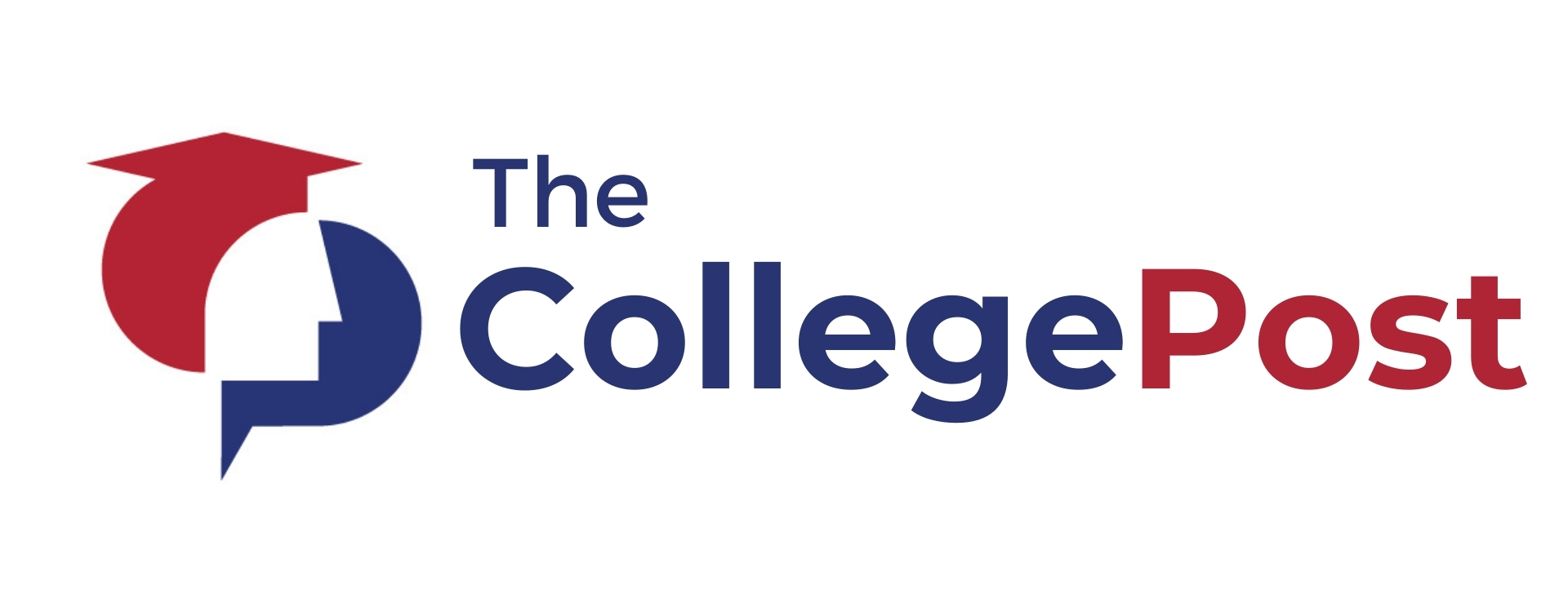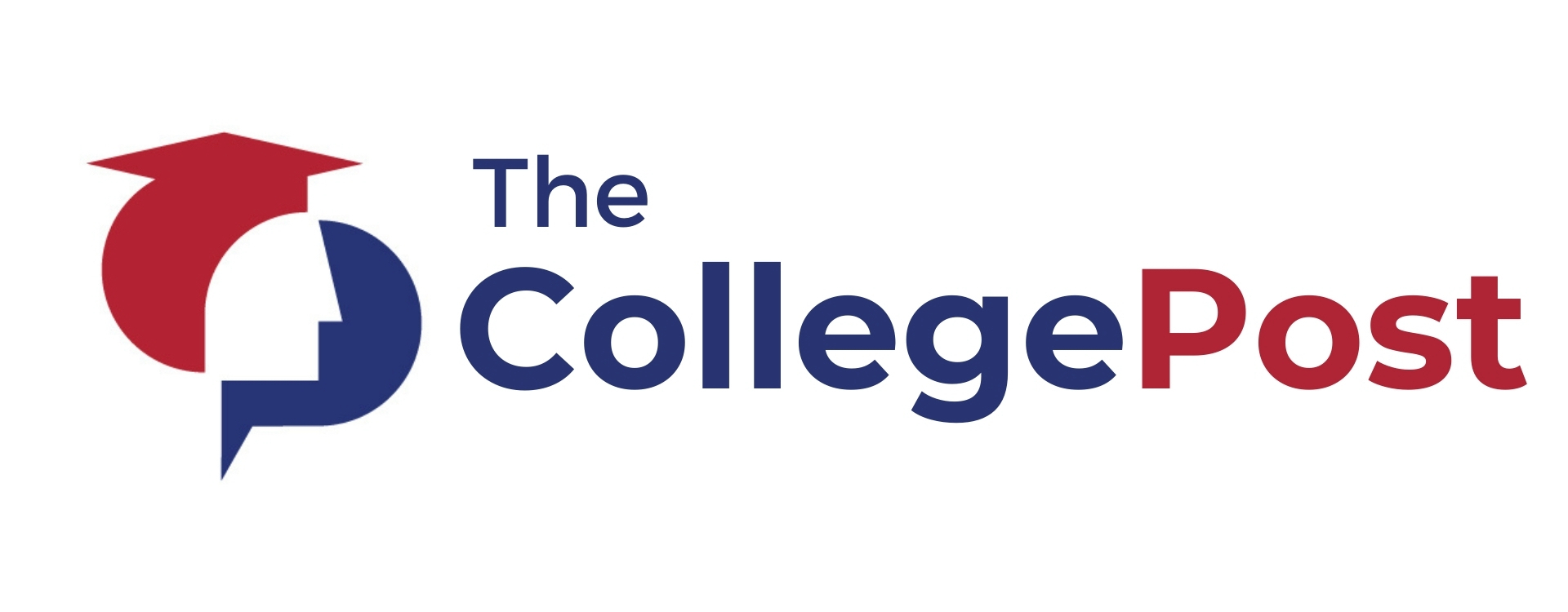The gradual decline in government funding for colleges has caused a hike in tuition fees.
Expected to pay a heftier sticker price, more students now depend on scholarships, grants, and “free college” programs to fund their education. But being eligible for these options isn’t a walk in the park (and some essential expenses may not be covered). 🆓
Finding the cheapest colleges in the US might be the next best alternative to save you from student loans. 🚀
How Much Does the Average US College Cost?
The cost of going to college is nothing short of serious. In fact, the average undergraduate student debt in the US ranges from $37,000 to $55,000.
The price varies between in-state and out-of-state students. Usually, out-of-state students end up spending more because they don’t receive the same subsidies as residents. 😱
International students often pay substantially higher tuition and fees than domestic students, due to factors such as non-resident tuition rates, health insurance costs, and living expenses — adding an extra layer of financial stress.
What Are the Cheapest Colleges in the US?
Here are the 50 cheapest US colleges, public and private, that offer education at the lowest net price per year.
What is a college’s “net price”?
A college’s net price refers to the actual cost of tuition and fees after subtracting scholarships, grants, and education tax benefits you may receive. This gives you a clearer picture of what you’ll likely actually pay out of pocket. 💸
The net prices shown below are an average, meaning they could be higher or lower depending on a student’s financial aid package.
15 Cheapest Public Colleges in the US
| # | Institution | Location | Net Price per Year |
| 1 | Sitting Bull College | North Dakota | $496 |
| 2 | South Texas College | Texas | $1,630 |
| 3 | Oglala Lakota College | South Dakota | $2,068 |
| 4 | St Petersburg College | Florida | $2,702 |
| 5 | Elizabeth City State University | North Carolina | $3,270 |
| 6 | Florida State College at Jacksonville | Florida | $3,306 |
| 7 | Pensacola State College | Florida | $3,351 |
| 8 | Chipola College | Florida | $3,554 |
| 9 | California State University Los Angeles | California | $3,859 |
| 10 | Indian River State College | Florida | $3,878 |
| 11 | The University of Texas at Brownsville | Texas | $3,892 |
| 12 | CUNY Bernard M Baruch College | New York | $3,913 |
| 13 | CUNY Hunter College | New York | $4,014 |
| 14 | Texas A & M International University | Texas | $4,165 |
| 15 | CUNY John Jay College of Criminal Justice | New York | $4,221 |
| 16 | The University of Texas-Pan American | Texas | $4,419 |
| 17 | CUNY City College | New York | $4,546 |
| 18 | California State University Dominguez Hills | California | $4,683 |
| 19 | CUNY Brooklyn College | New York | $4,736 |
| 20 | Colorado Mountain College | Colorado | $4,784 |
| 21 | Valencia College | Florida | $4,901 |
| 22 | Miami Dade College | Florida | $4,998 |
| 23 | CUNY New York City College of Technology | New York | $5,097 |
| 24 | Seattle Community College-Central Campus | Washington | $5,191 |
| 25 | CUNY York College | New York | $5,228 |
25 Cheapest Private Colleges in the US
| # | Institution | Location | Net Price per Year |
| 1 | Bethel College | Virginia | $148 |
| 2 | Tri-State Bible College | Ohio | $768 |
| 3 | Talmudical Seminary of Bobov | New York | $2,154 |
| 4 | Yeshiva Karlin Stolin | New York | $2,537 |
| 5 | Kehilath Yakov Rabbinical Seminary | New York | $2,666 |
| 6 | Shasta Bible College and Graduate School | California | $2,781 |
| 7 | Talmudical Institute of Upstate New York | New York | $3,230 |
| 8 | Yeshiva of Nitra Rabbinical College | New York | $4,799 |
| 9 | Rabbinical College Bobover Yeshiva Bnei Zion | New York | $5,173 |
| 10 | Machzikei Hadath Rabbinical College | New York | $5,675 |
| 11 | Mesivtha Tifereth Jerusalem of America | New York | $5,750 |
| 12 | Yeshiva Toras Chaim | New Jersey | $5,774 |
| 13 | Salish Kootenai College | Montana | $5,893 |
| 14 | Western International University | Arizona | $5,911 |
| 15 | Yeshiva Gedolah Imrei Yosef D’spinka | New York | $5,923 |
| 16 | Jamestown Business College | New York | $6,121 |
| 17 | Telshe Yeshiva Chicago | Illinois | $6,326 |
| 18 | Sh’or Yoshuv Rabbinical College | New York | $6,340 |
| 19 | California Christian College | California | $6,560 |
| 20 | National American University Ellsworth AFB Extension | South Dakota | $6,675 |
| 21 | Bais Medrash Toras Chesed | New Jersey | $6,745 |
| 22 | Yeshiva D’monsey Rabbinical College | New York | $6,829 |
| 23 | Brigham Young University Idaho | Idaho | $6,871 |
| 24 | Carolina Christian College | North Carolina | $6,944 |
| 25 | Beth Hamedrash Shaarei Yosher Institute | New York | $7,067 |
What Makes One College Cheaper Than Others?
Notice that more affordable colleges typically are public schools. That’s because these institutions receive more funding from state and city governments, which lessens the financial burden on students. 💰
However, a few private colleges have made low-cost education a part of their mission, allocating more funding for grants and scholarships. Because of this, the advertised sticker price is significantly reduced, making it more affordable for college students.
For example, Berea College, a private college in Berea, Kentucky, offers tuition-free education to qualified students through work-study opportunities and generous financial aid packages. 🆓
READ MORE: Public vs. Private College: Which One Is Right for You?
Are Online Colleges a Cheaper Option?
Online colleges are more affordable than traditional brick-and-mortar universities since there’s no need to pay for physical facilities and support staff. Plus, you can eliminate expenses like living on campus and transportation costs. 🚗
But online learning can be a challenge. You need the necessary technology, like stable internet connection and a high-performing computer, while maintaining the discipline to study without supervision.

On the other hand, traditional face-to-face colleges may be pricier, but they provide a range of facilities, such as libraries, computer labs, writing centers, and tutoring services. 💻
Interacting with professors, peers, and campus staff in person also allows for stronger relationship-building and networking opportunities. The personal connections you establish during your college years can open doors for future collaborations and friendships. 🤝
How to Make a Decision on College Costs
Imagine getting accepted into your dream college, only to find out that another option offers a more attractive financial package. What should you do? 💡
1️⃣ Carefully reviewing your offer letter and understanding the financial aid you’re being offered. Seek guidance from trusted individuals, like your parents or your high school guidance counselor, to ensure you grasp the full value of the aid package.
2️⃣ Calculate the additional costs (accommodation, meals, textbooks, and transportation) associated with each college. These seemingly small expenses can accumulate over the course of your degree. ➕

3️⃣ Consider your willingness to apply for a student loan because it impacts the total cost of education. High loan amounts or interest rates can result in substantial monthly payments that need to be managed years or decades after graduation. 😮💨
Good to know: Seek sound financial advice before applying for a loan, and develop good spending habits to make repayments an easier job for your future self.
Tips for Saving Money During CollegeWhile getting a college degree is undoubtedly a hefty expense for any student, there are some steps you can take to make your education more affordable.Cash in Your Student DiscountsLots of restaurants and businesses offer discounts for students who can provide proof of their university enrollment. Look for Secondhand or Digital TextbooksTextbooks are expensive but necessary for your education. Thankfully, you don’t need to pay full price for your copy; you may find an alum selling secondhand textbooks at a discounted price. Increase Your Credit LoadYou can take a heavier course load so that you can graduate earlier. This may not reduce your tuition fees, but you will spend less on room and board and start earning sooner. 💸 |
Cracking the code of college finances seem like solving a mind-bending puzzle, but your quest for higher education doesn’t have to turn you into a financial contortionist. 🤯
Your degree doesn’t need to drain you (and your pocket) completely; find the best methods to get that degree without breaking the bank! 🧑🎓
These Are the Cheapest Colleges in the US: Frequently Asked Questions
What is the cheapest college in the US?
The cheapest college in the United States is Indian River State College, in Fort Pierce, Florida. For residents of Florida, the yearly tuition is only $588, and they provide a range of associate and bachelor degree programs.
However, this cost can vary based on factors like tuition for out-of-state students, additional fees, housing, dining costs, and financial aid through scholarships and grants.
Are there any free colleges in the USA for international students?
There are a few American colleges that offer free tuition to international students, although they are quite rare and have specific criteria.
For example, Berea College in Kentucky provides free tuition based on financial need and expects students to work 10 hours per week.
The Curtis Institute of Music in Philadelphia also offers full-tuition scholarships to international students with exceptional artistic talent, while Deep Springs College in California has around 30 students annually and provides work-study scholarships that can cover tuition, room, and board.
Which US colleges have no tuition fees?
Several US colleges offer tuition-free education with varying requirements. For example, Alice Lloyd College in Kentucky provides free tuition to Central Appalachian service area residents who work 10 hours a week.
Antioch College in Ohio, on the other hand, offers full-tuition scholarships to Pell-eligible students who participate in work and education programs.
There’s also Barclay College in Kansas, which grants full-tuition scholarships to on-campus residents but requires payment for room, board, fees, and books.
What is the least expensive four-year college in the US?
The most affordable four-year college in the United States is Bridgewater State University, located in Massachusetts, with an annual in-state tuition of $910 per year.
However, it’s important to note that this tuition cost does not cover additional expenses like fees, books, and room and board.


